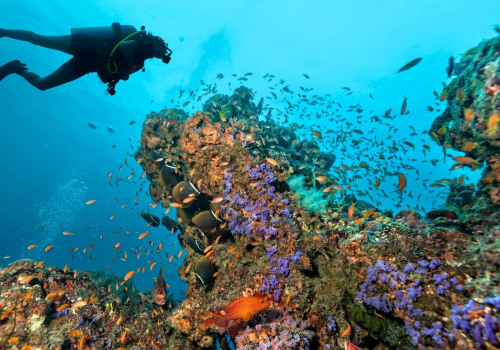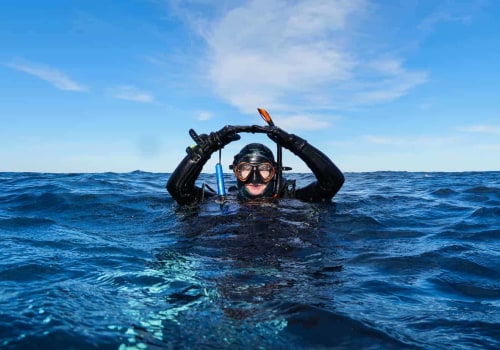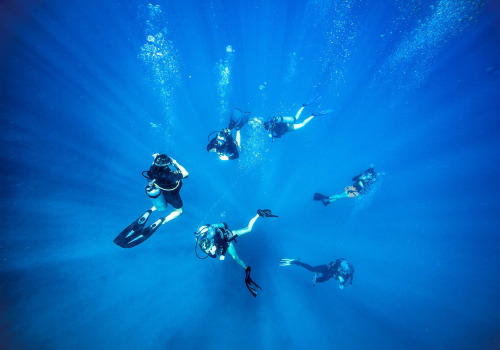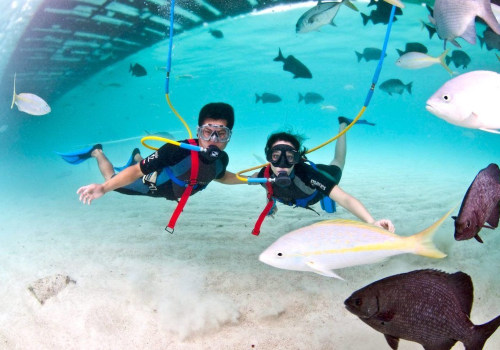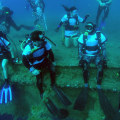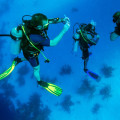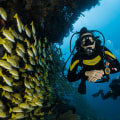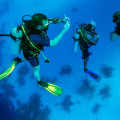Scuba diving is an exciting and rewarding activity, but it requires the right equipment to ensure a safe and enjoyable experience. From masks and regulators to fins and wetsuits, there are a variety of items that you need to have in order to dive safely. In this article, we'll discuss the essential pieces of equipment for scuba diving and how to choose the right ones for your needs. The most important piece of equipment for scuba diving is a mask. A mask allows you to see clearly underwater and is essential for a safe dive.
When choosing a mask, make sure it fits comfortably and securely on your face. It should also have tempered glass lenses that are designed to withstand impact and high pressure. Additionally, look for a mask with a nose pocket that allows you to equalize the pressure in your ears. The next essential piece of equipment is a diving regulator and tank. This provides the air you need while underwater.
The standard filling of diving cylinders is 21% oxygen, so make sure you check the size and type of tank you use when starting your training. Most divers rent tanks rather than buying their own, as it's easier and more convenient. In addition to the tank, you'll need weights to compensate for the additional buoyancy. Weights are usually included with the rental of a tank or dive, so make sure you check before you go. You'll also need a buoyancy control device (BCD) or vest-type device that fixes diving equipment and helps maintain neutral buoyancy.
The BCD contains a dashboard, straps that hold the diving cylinder, an inflator button, and a discharge valve. The real invention that makes scuba diving possible is the demand regulator that supplies air to the diver. This has been reduced from high tank pressure to ambient pressure. The regulator consists of two second-stage regulators connected to a first-stage regulator with hoses. You'll also need a high-pressure hose that connects to a submersible pressure gauge (SPG) and a low-pressure hose that connects to the BCD. Finally, you'll need fins for efficient swimming and a wetsuit for warmth.
When choosing fins, make sure they fit comfortably on your feet and provide enough power for efficient swimming. Wetsuits come in different thicknesses depending on the water temperature, so make sure you choose one that will keep you warm without being too bulky. Whether you're just starting out or an experienced diver looking for new equipment, these tips will help you find the right gear for your needs. Remember to always check your equipment before each dive and follow safety protocols at all times.
